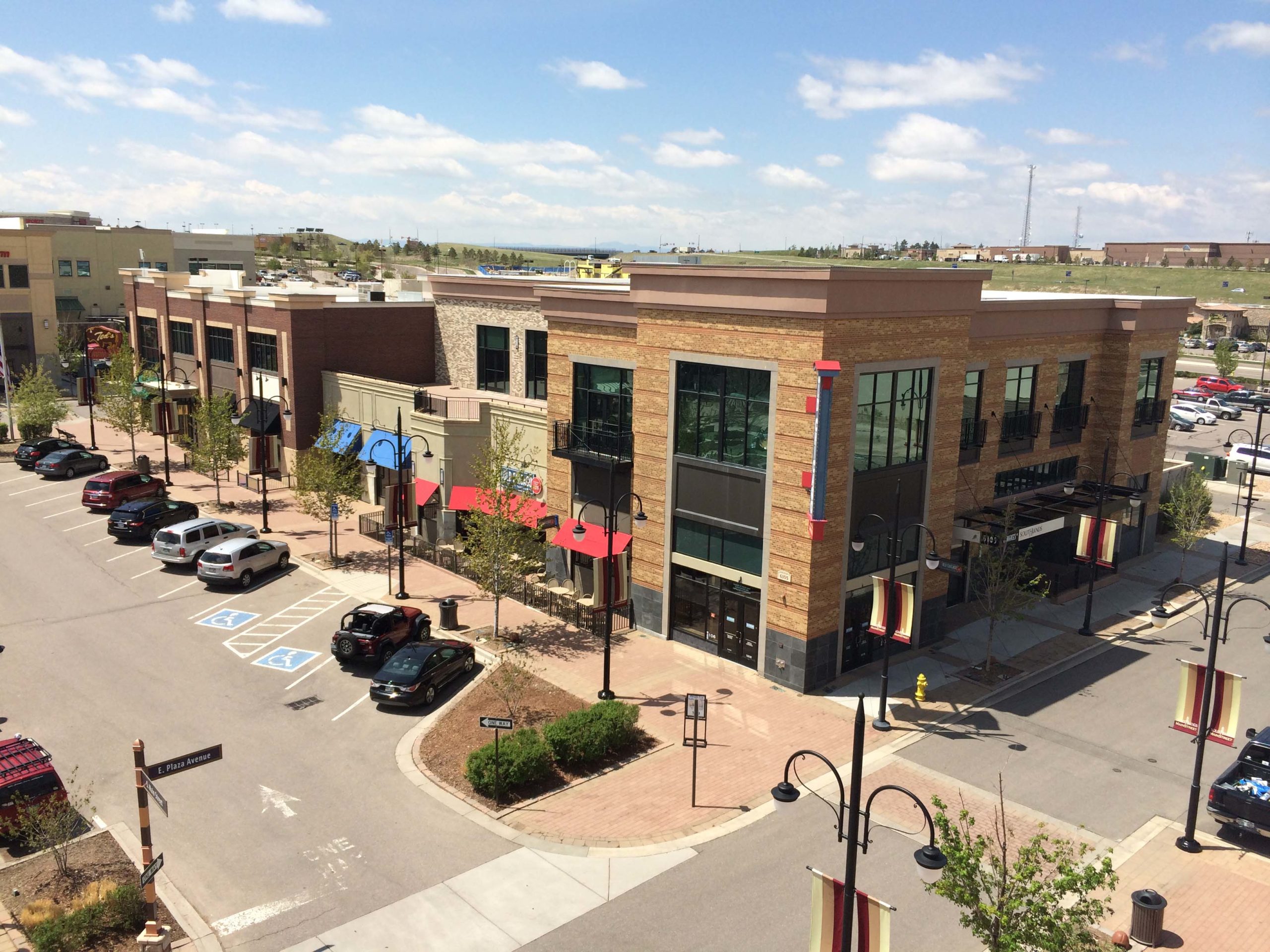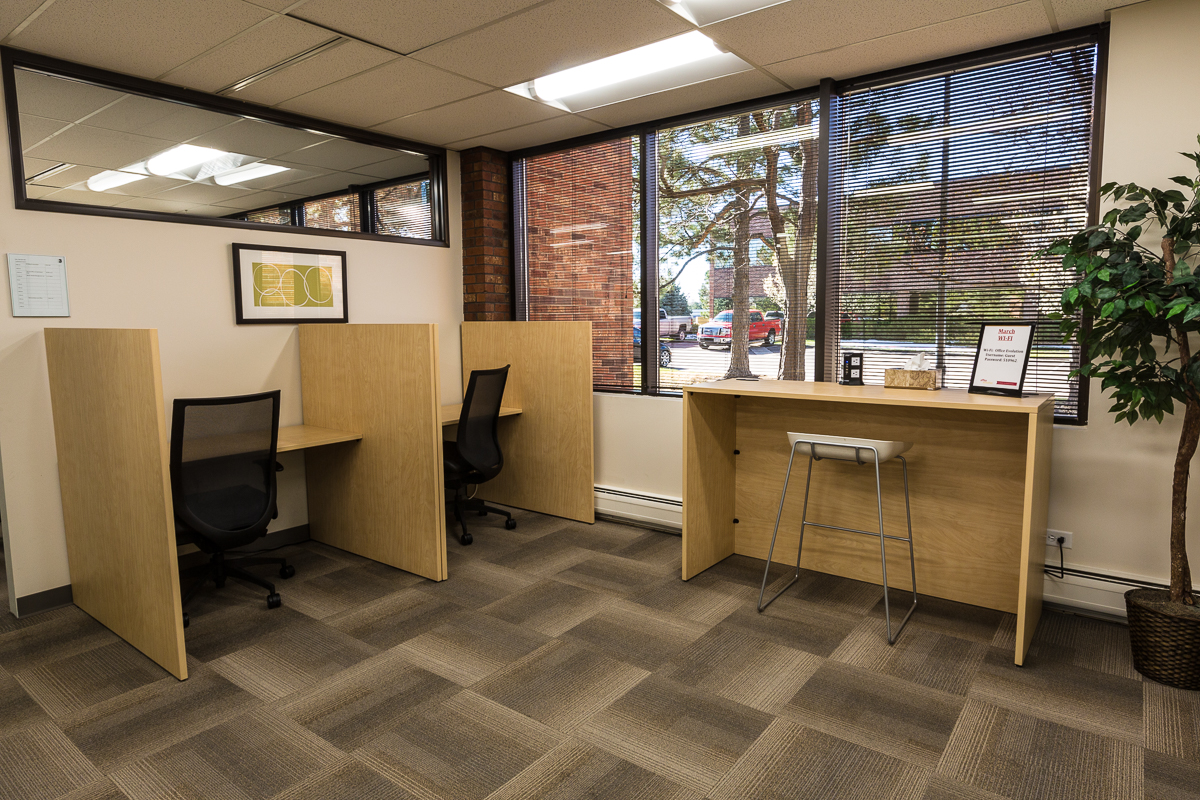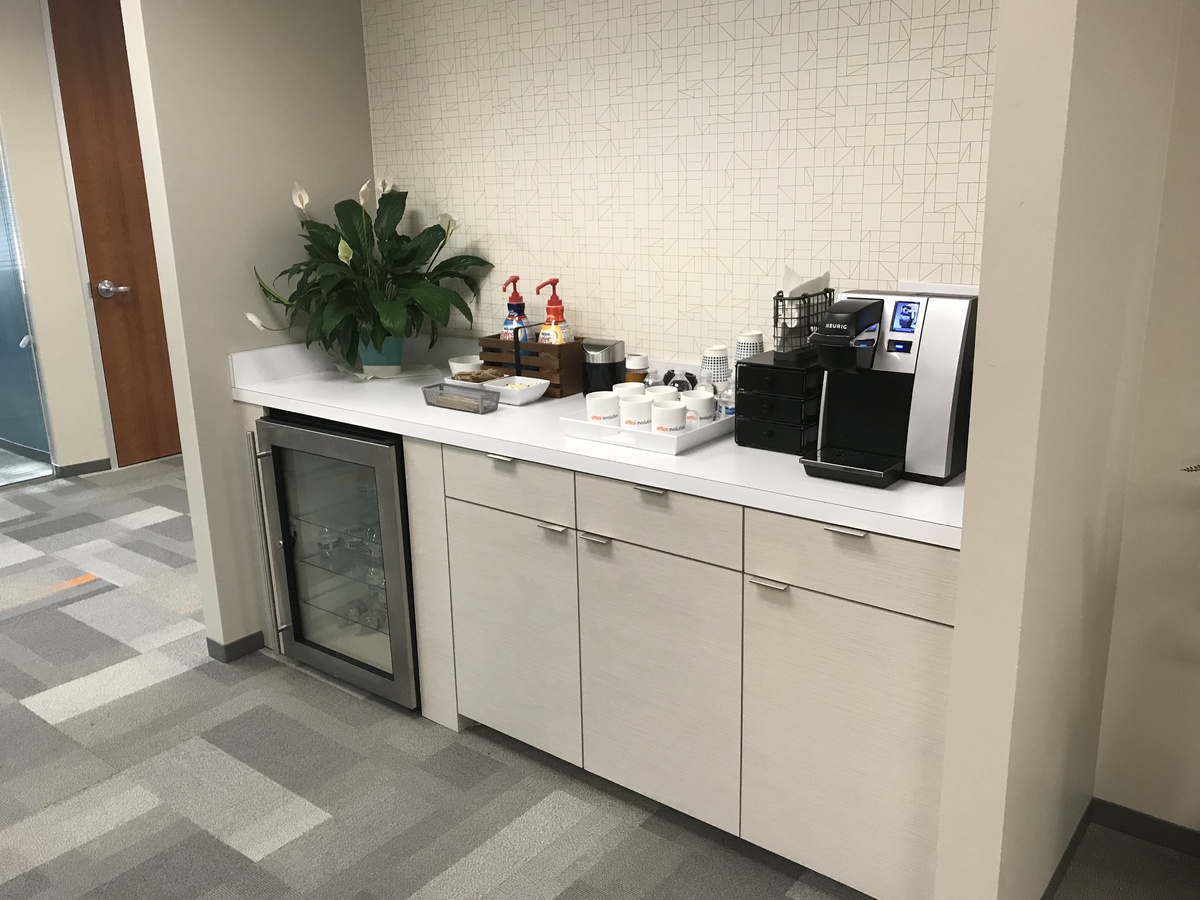
Counting the Cost of Your Office Space Choices
When you’re exploring your options for an office, one of the first things you’ll look at is the rent. Many companies already have a budget in mind and don’t want to look at offices that are outside of their means.
If you’ve ever shopped for office space before, you know that the monthly rent is just one of many costs to consider. The bottom line price goes beyond what the building owner charges, so basing your decision on rent alone could end up costing you more than you can afford.
Let’s do a quick cost analysis to calculate what you could end up spending on an office.
Calculating Office Rental Rates

Office rental prices are typically based on square footage. The larger the space, the more you pay in rent. As a general rule, most companies allow for 100-150 square feet per employee, so a team of five employees will roughly need 500-750 square feet in office space.
Many landlords will set a base rental price and add on other expenses, such as maintenance or taxes. When you’re looking at rates, it’s a good idea to assume your actual cost will be more than what you see in the listing.
In addition, some landlords will increase your annual rent for every year in your lease term. This increase could be a percentage or a flat rate, depending on your landlord. If this is the route you choose to go, it’s a good idea to work with a good broker who can negotiate costs like this so you don’t end up paying more than you should due to lack of experience.
Usable Square Footage vs Rentable Square Footage

Usable square footage refers to the amount of space reserved for your exclusive use. This includes private offices, conference rooms, private reception areas, and other areas that are strictly yours.
Rentable square footage is a slightly different story. This includes all of the shared areas you have access to, such as entryways, elevators, break rooms, hallways, or lobbies. Technically, you’re paying a portion of the upkeep of these areas with your monthly rent.
Regardless of how much square footage you get, the most important thing here is that the space accommodates your needs. You may be able to do more with less square footage if the layout and other amenities provide the right requirements.
Office Buildouts
In many cases, you will need to build out your office space to accommodate your business. Many landlords will contribute to a buildout, either in the form of a rent credit or by covering some of the costs.
Don’t expect them to pay for the whole thing, though. You will still likely invest thousands of dollars in getting your office ready for business, especially when you add on the costs of furniture and decorating.
How a Co-Working Space Compares
Traditional offices come with multiple costs, many of which are hard to calculate before you dive in. For budget-conscious companies or businesses that want to get up and running quickly without lease negotiations or buildouts, a coworking space provides a valuable alternative.
Coworking spaces remove much of this guesswork by giving you one flat-rate fee. You never see a separate bill for utilities, never have to ask for tenant improvement allowances, and can add or subtract space instantly as you grow and only pay for the space you use.
Compare the costs for yourself; you might be surprised at how much you can save without sacrifice. Find the Office Evolution location nearest you to explore your options and find the perfect fit for your needs.